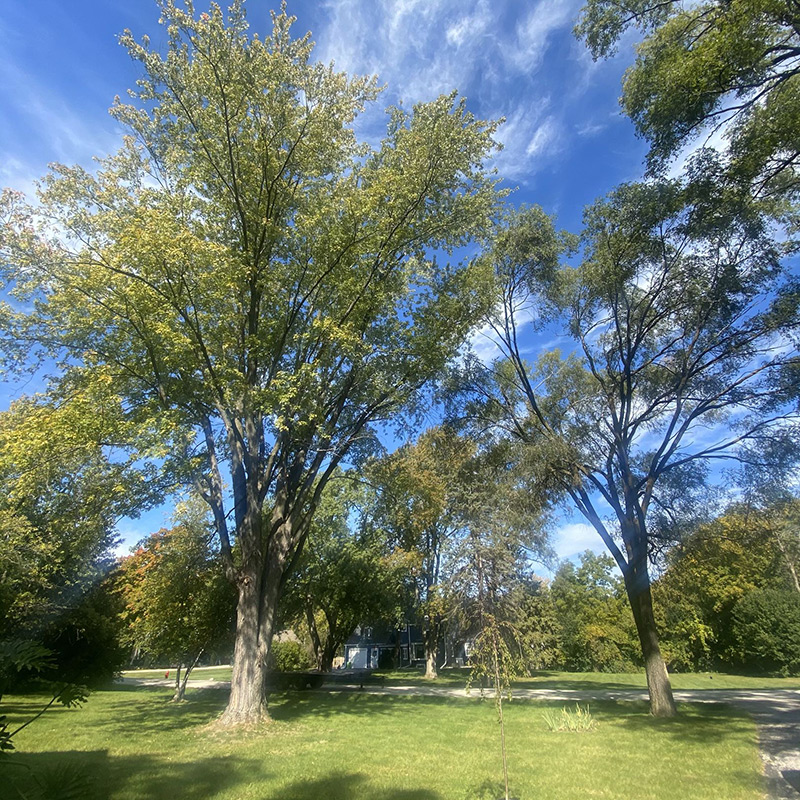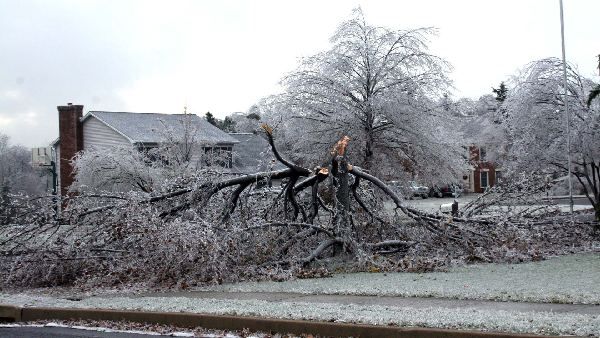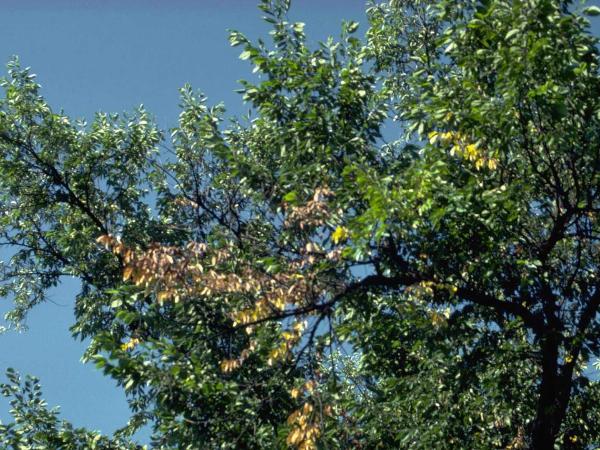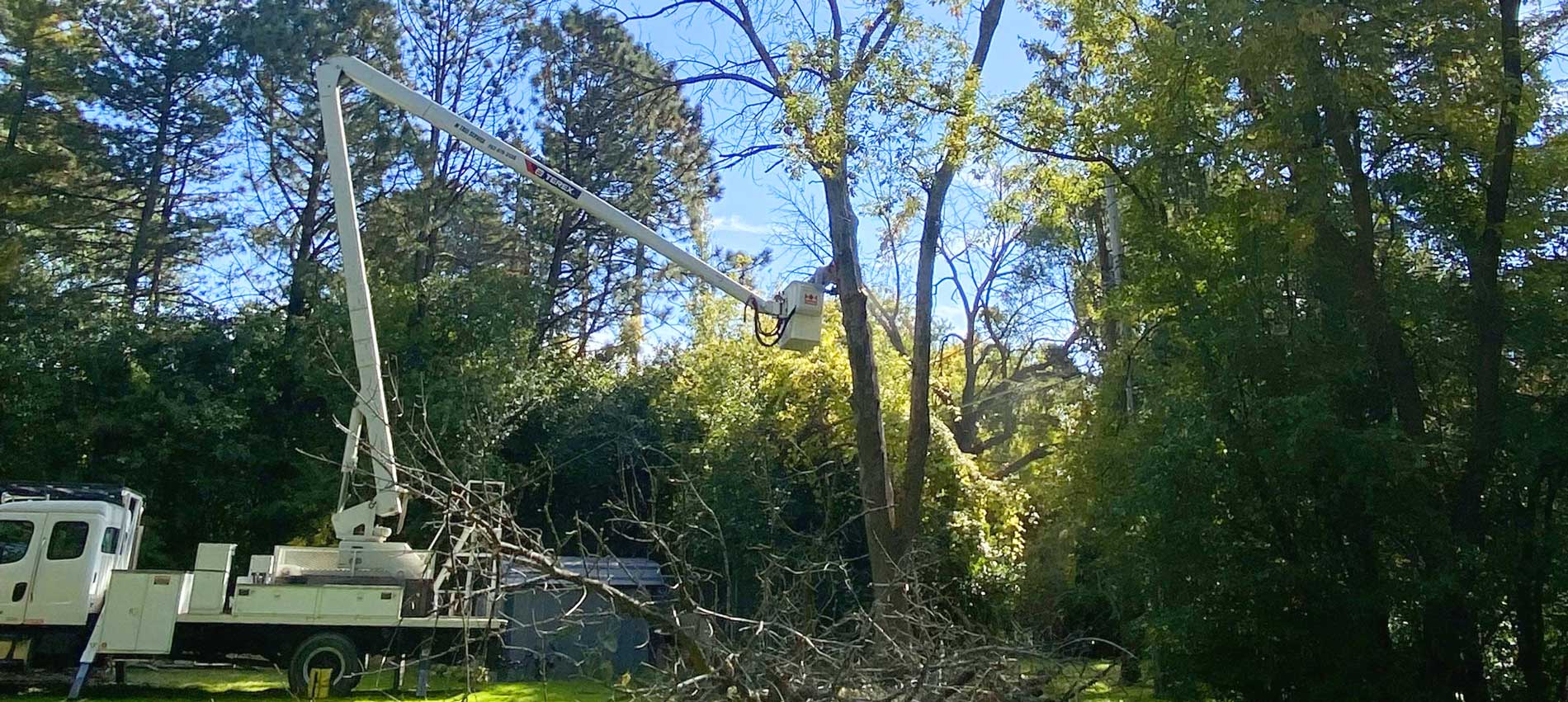Severe weather can wreak havoc on your trees. Windstorms can cause substantial damage to trees, ranging from broken branches to uprooted trunks. Let’sexplore the direct consequences of windstorms on tree structures and health.Windstorms not only physically damage trees but can also alter their growth patterns and overall health.
When strong windshit a tree, they create turbulence that can lead to swaying and bending of its trunk. This constant movement can weaken the structural integrity of the tree, making it more susceptible to breakage.
The foundation of a healthy tree lies in its root system. Windstorms can have profound effects on roots, which are crucial for stability and nutrient absorption. During severe wind and rainstorms, the soil around trees can become saturated with water, leading to soil erosion and destabilization. This can expose tree roots, making them vulnerable to damage. Additionally, strong winds can directly impact the roots, causing breakage or uprooting.
The crown of the tree can also be damaged. High winds can strip leaves from trees, a process known as defoliation. This not only reduces the tree’s ability to produce energy but also exposes branches to potential sunburn and pests.
Not all trees are equally vulnerable to windstorms. Certain species have evolved to withstand high winds, while others are more prone to damage. Trees with flexible trunks and deep root systems are often more resilient to windstorms because they can bend without breaking. Conversely, trees with shallow root systems or brittle wood are more susceptible to wind damage. Examples include the Bradford Pear and Silver Maple, which are known for their weak branch structure.
Arborists employ various strategies to mitigate the impacts of windstorms on trees and forests.
Regular pruning can remove weak or diseased branches, reducing the risk of breakage during windstorms. Proper pruning techniques promote healthy growth and improve tree stability.
Mulching around trees helps retain soil moisture and prevent erosion. This protects tree roots from exposure and enhances their ability to withstand wind stress.
Strategically planting windbreaks, such as rows of dense trees or shrubs, can help deflect strong winds away from more vulnerable trees. Windbreaks create a buffer zone that reduces the impact of gusts.




What is the best way to prepare trees for an upcoming windstorm?
Proper pruning and securing loose branches are essential steps to prepare trees for windstorms. Additionally, ensuring that trees have healthy root systems can improve their resilience.
How do windstorms affect young trees differently from mature trees?
Young trees with less developed root systems and thinner trunks are generally more vulnerable to wind damage. Mature trees, especially those with strong root systems and sturdy trunks, are better equipped to withstand windstorms.
Can windstorms increase the risk of tree diseases?
Yes, windstorms can create wounds and openings in tree bark, providing entry points for pests and diseases. It’s essential to monitor trees for signs of infection after a windstorm.
Do all trees recover from windstorm damage?
While many trees can recover from windstorm damage with proper care and pruning, severe damage or uprooting may be irreparable. Assessing the extent of damage is crucial in determining the best course of action.
Are there specific signs to look for to assess tree stability after a windstorm?
Yes, signs of leaning, cracked bark, or uprooted soil around the base of a tree can indicate instability. Consulting with an arborist for a thorough assessment is recommended.
Chris Dunbar is an ISA certified arborist, ISA #WI-1163A, working in the industry since 1999. Chris specializes in a wide range of residential and commercial tree services, where he is dedicated to maintaining a safe and professional environment. With over 20 years of working in southeast Wisconsin, he brings a high level of expertise to every project.
Additionally, Chris is licensed and certified for the application of pesticides, fungicides, and insecticides by the State of Wisconsin Department of Agriculture, Trade and Consumer Protection.